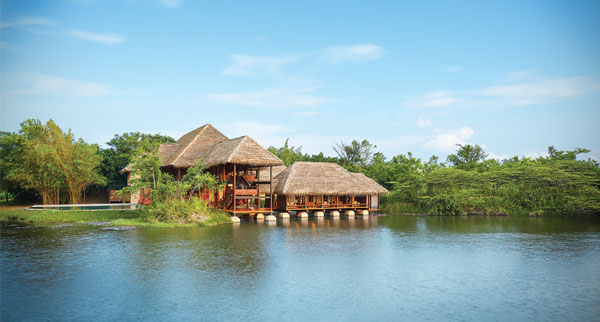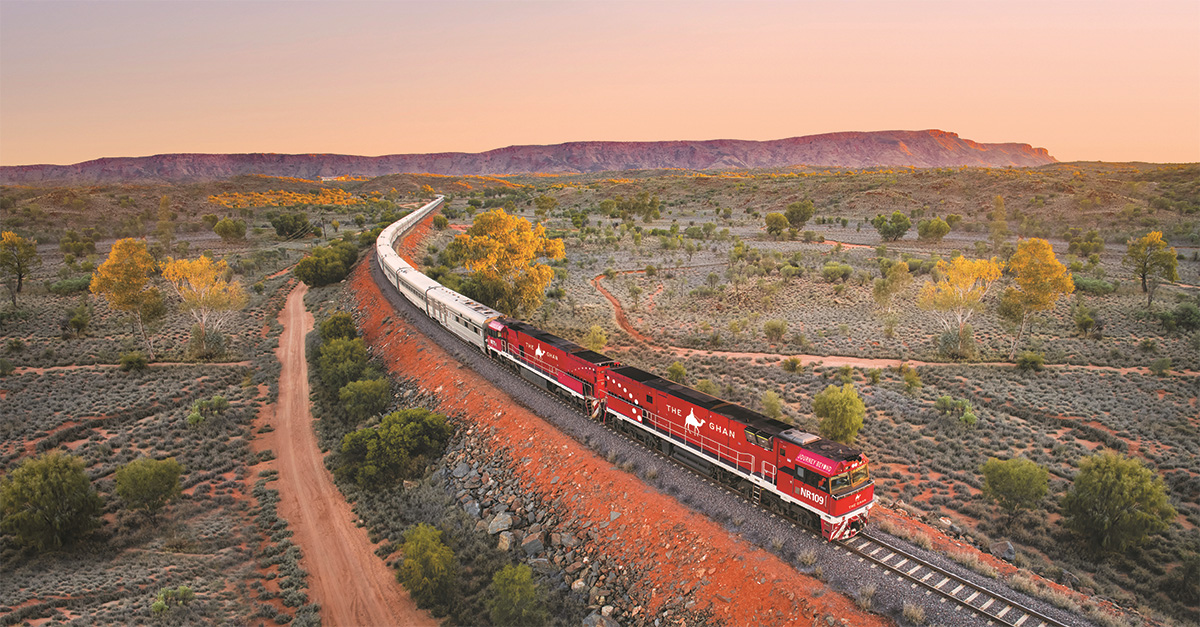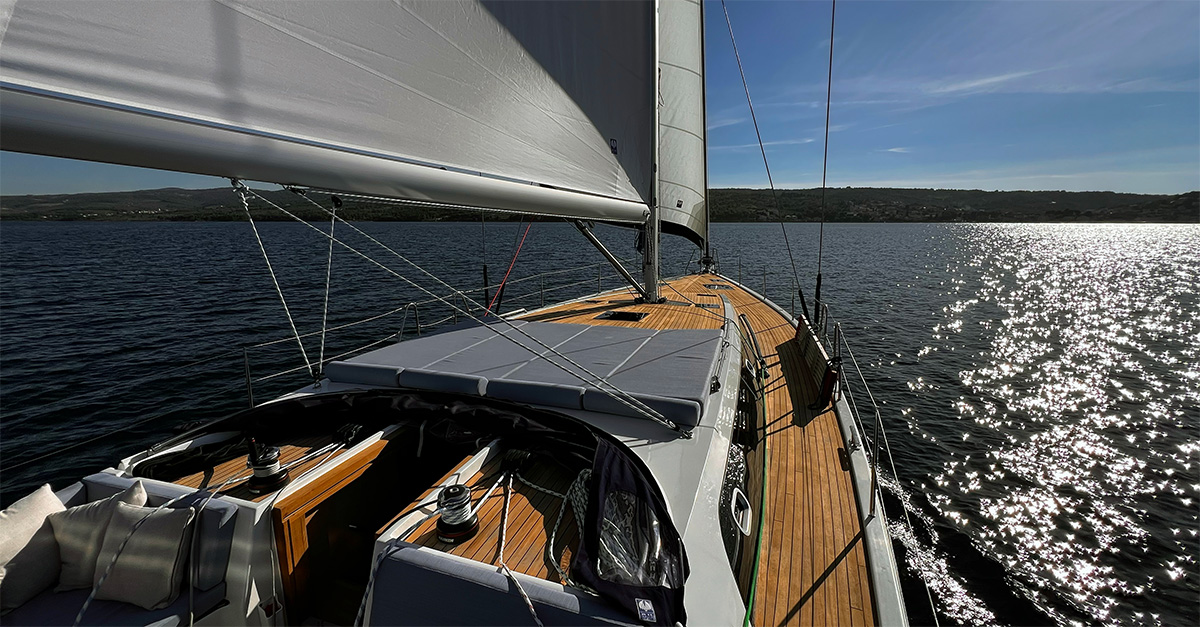There’s never been a more important time to sell Sri Lanka, finds Katie McGonagle.
Click here to download and save as a PDF.
The train trundled noisily along the edge of a huge, sweeping valley, its constant thrum at odds with the peaceful, bucolic scene unfolding below us. Undulating knolls carpeted in shades of bright, grassy green; impeccably neat rows of tea plants rising and falling with the contours of the hillsides below; wisps of cloud burning off as the sun rose in the sky; and the occasional flash of scarlet or turquoise as sari-clad women out picking leaves by hand bobbed their heads up to watch the train go by.
Travelling through the heart of Sri Lanka’s tea country from Nuwara Eliya to Kandy, we passed plateaus peppered with tiny workers’ homes, tuk-tuks parked outside and clothes spread out to dry on corrugated iron roofs. We saw kids waving enthusiastically as the train rushed past, while the local children next to me in the carriage waved back with just as much excitement. And we heard the constant refrain of “popcorn, peanuts” from the snack sellers hoisting baskets of food from window to window each time we pulled into a station.
It’s a reminder of just how many people rely on tourism for their income here – not just the porters, waiters and driver-guides that travellers might think to tip, but all those who are involved, either directly or indirectly, in the tourism economy.
That income has dropped dramatically since the terrorist bombings on Easter Sunday and the subsequent Foreign Office ban on travel – with UK visitor numbers down 68% in May and 64% in June – and despite the travel advisory being lifted on June 6, six weeks after it was imposed, tourism has been slow to recover.
Prior to the attacks, the UK was Sri Lanka’s second-biggest market and by far its most valuable in terms of revenue, with tourism the country’s third-biggest industry, worth $4.4 billion a year. With trade bookings trickling back in and hotels starting to welcome guests once again, we went to Sri Lanka with specialist operator Travel Gallery to see the situation for ourselves.
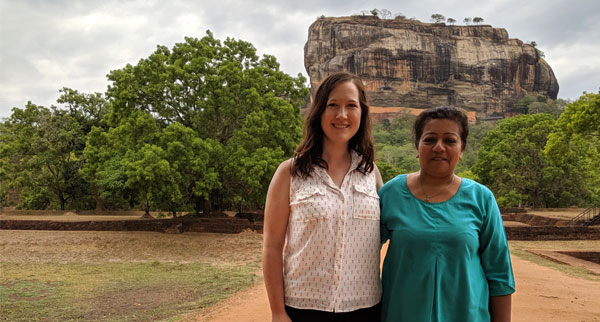
Escape the crowds
Sri Lanka has just as much to attract visitors as it did before the Easter attacks – its verdant scenery, golden-sand beaches, historical landmarks and world‑class wildlife are as enticing now as they ever were, perhaps even more so since they’re not as jam‑packed with other tourists.
Sigiriya, the ancient rock fortress and probably Sri Lanka’s most-visited site, was certainly easier to get around without the crowds. Quite how the followers of fifth-century king Kassapa managed to construct an imposing citadel atop this rock, which rises dramatically from the plains of central Sri Lanka to a dizzying height of 180m, is hard to comprehend.
The skill and effort it took for those ancient engineers to hack out a path to the top, to divert water along channels that feed fountains still functioning today, or to carve the huge paws of a lion at the entrance to the king’s palace is truly impressive – as are the incredible 360-degree views over the surrounding plains when you finally reach the summit.
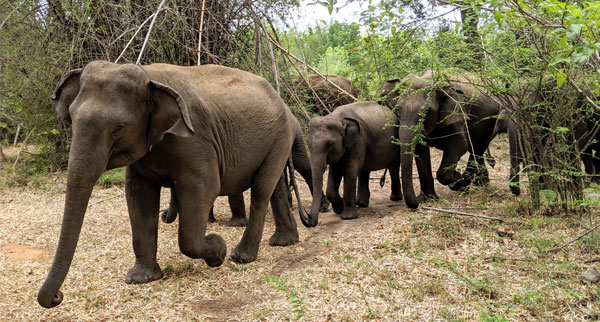
Going wild
Sri Lanka’s wildlife is also as much of a draw as ever, and with fewer safari vehicles lining up at every whiff of a sighting, your clients’ journey through the country’s national parks might even be more rewarding.
That was certainly the case at Minneriya National Park, a short drive from Sigiriya. Locals told us the migration of elephants to nearby park Kaudulla had already begun, so we weren’t too confident of our chances of a sighting. How wrong we were.
After a few minutes’ jolting along in an open-air safari truck, our driver stopped abruptly and reversed a few feet, pointing enthusiastically to the left. We followed his gaze, and saw an elephant come into view between the trees, then another and another, until a whole herd, including adorable calves and enormous tuskers, could be seen chomping away on trees and meandering back and forth across the road.
We were the only ones there, free to stop for as long as we wanted to watch these animals in their natural habitat – until one started to take a little too much of an interest in our vehicle, and we thought it time to move on – but nothing could match the excitement of that first, unexpected sighting.
Elephants aren’t the only ones to watch out for, though. While most leopard lovers make a beeline for Yala, we went to the opposite end of the island for a safari through Wilpattu National Park, once a no-go area during the civil war.
We were lucky enough to spot an elusive leopard lazing on the branch of a tree – so languid he barely seemed to move at all – but perhaps more surprising was the array of birdlife and other animals we spotted along the way. From stork-billed kingfishers to an elegant purple heron dipping its long neck in and out of a water hole, the raucous cry of peacocks to the constant hum of crickets, a gaudy green bee-eater resting on a tree stump to a crested hawk eagle holding court from a branch overhanging the road, a safari is about so much more than just ticking off the big draws.
That was also true of the little-known loris, a tiny nocturnal primate native to Sri Lanka. We met Chaminda Jayasekara, resident environmentalist at Jetwing Vil Uyana, just as dusk fell and, armed with red-tinted head torches, we set off on a gentle walk through the forested estate.
Amid the creaking of bamboo and the wind whistling through the trees, he stopped and pointed to two tiny shapes high up in the branches – barely visible in the dark but for the glint of red light reflected in their eyes – which turned out to be a pair of infants just old enough to be left to fend for themselves. Another unexpected sighting.
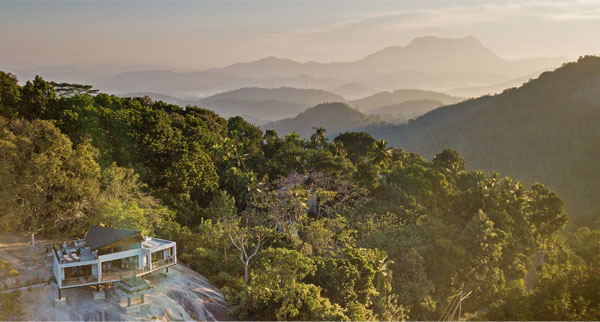
Food fans
You can be all but guaranteed to eat well in Sri Lanka, where authentic dining ranges from crowd-pleasing hoppers – an egg-filled rice pancake popular at breakfast – to a delicious array of vegetable, fish and chicken curries that can be as spicy as you like.
The cooking lesson at Rosyth Estate House, a colonial house-turned-boutique hotel set on a tea and rubber estate near Kegalle, is a great way to introduce clients to the myriad flavours that define Sri Lankan food – and even better if they pair it with a walk around the estate to see the origin of each ingredient.
Led by the trusty estate manager, we came across cashews and coconuts growing wild, nibbled at peppercorns and cloves plucked fresh from the tree, and sniffed scented curry leaves and aromatic lemongrass. Then we completed our education with a visit to the nearby Rosyth tea factory to see the long, hot process of plucking and drying the leaves that put Ceylon tea on the map.
The factory felt like a throwback to Sri Lanka’s past, and after a few days here, surrounded by the tranquil hills of this 62-acre estate, the country’s current troubles seemed to fade away. Here, as in the rest of Sri Lanka, life carries on as normal – and it’s as enchanting as ever.
Where to stay
Ulagalla
This sprawling all-pool-villa resort near Anuradhapura combines character – thanks to the 150-year-old mansion at its centre – with modern, luxurious accommodation. Its 25 sizeable villas feature four-poster beds, free-standing bathtubs and private pool terraces. Book it: B&B from £395.
ugaescapes.com
Jetwing Vil Uyana
With a rustic feel, this resort would suit clients looking for eco-friendly credentials without sacrificing a spa or infinity pool. Large rooms overlook paddy fields, forest or water, some with balconies and plunge pools, and dining is top-notch. Book it: From $330.
jetwinghotels.com
Rosyth Estate House
Set in a 1920s tea planter’s house and just two hours from Colombo, this peaceful estate is a perfect spot to wind down after a tour. Expect outstanding service, excellent food from the organic garden, yoga and rooms ranging from classics with character to high-spec suites. Book it: Doubles from £190.
rosyth.lk
Uga Bay East
coast beaches are some of the best in Sri Lanka, and the private two-mile stretch at Uga Bay is no exception. The resort has airy rooms, a relaxed vibe and great watersports, plus inventive add-ons such as a sand-dining experience. Book it: B&B from £256.
ugaescapes.com
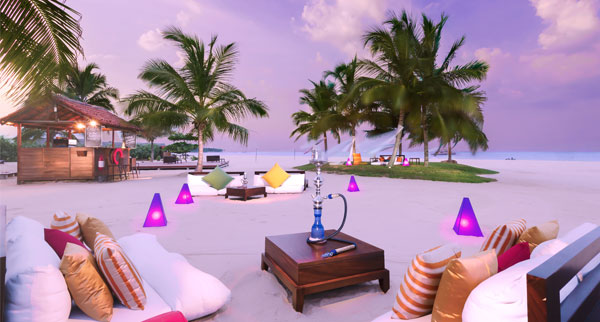
Don’t miss
• Nuwara Eliya: This tea country town is reminiscent of the Scottish highlands – so play up the connection with a round on its famous golf course.
• Anuradhapura: This ancient city is the birthplace of Buddhism in Sri Lanka.
• Temple of the Tooth: This Kandy complex is said to hold a fragment of Buddha’s remains.
Security
• Reassure clients that the Sri Lankan government has stepped up security across key tourist sites following the Easter Sunday attacks. Security at the airport has been enhanced, with a vehicle scan and passport check on approach, and a bag scan before entering.
• Visitors can expect rigorous checks at temples and religious sites too, and police checkpoints on the roads, but there’s no reason for this to have any impact on their holiday in Sri Lanka.
Book it
Travel Gallery offers a 14-night holiday with SriLankan Airways flights, a car and driver-guide, daily activities including wildlife viewing, guided sightseeing, a scenic train journey, cooking class and tea estate visit, from £2,495.
Accommodation is at Ulagalla, Jetwing Vil Uyana, Uga Bay Pasikudah, Jetwing St Andrews and Rosyth Estate House. Upgrade to businessclass flights for £1,600.
travel-gallery.co.uk
Read more
Getting under the skin of Sri Lanka
Budget-friendly Indian Ocean holidays
Jungle jaunts in Asia

